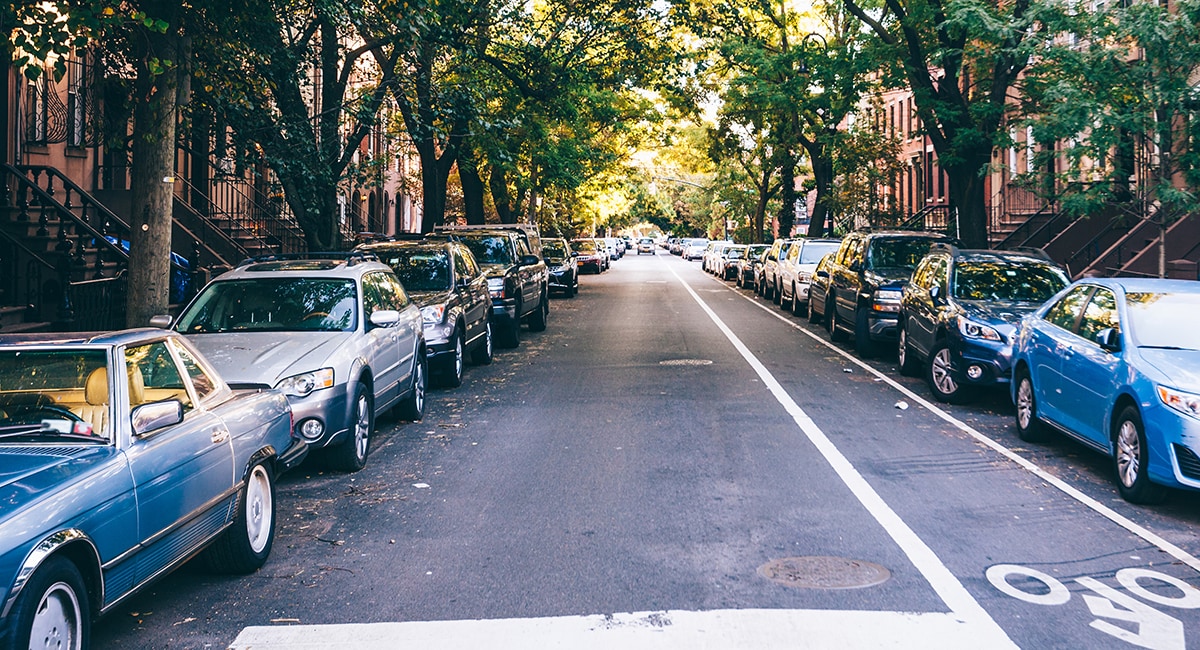March 11, 2020
Intelligent Parking Is Good for the Public — and the Planet
Evolving solutions help drivers find places to park and enable municipalities to move traffic more efficiently.

How? Well, short of everyone driving electric vehicles, an important way to curb carbon emissions from cars is by getting them off the road — and into parking spaces — more efficiently.
Learn how CDW•G can help you achieve digital transformation for state and local government.
As recently as 2017, INRIX Research found that U.S drivers spent an average of 17 hours and $345 each year in wasted time, fuel and emissions looking for parking. And when they’re driving around looking for parking, they’re part of a bigger problem: According to a study by the National Parking Association and PwC, traffic congestion keeps increasing. In fact, vehicle miles traveled are expected to grow 14 percent by 2030. So, for a variety of reasons, including greater urbanization, ridesharing and e-commerce deliveries, people will be spending more time in more vehicles. One of several possible solutions, say the NPA study’s authors, is new smart parking technology.
How Sensors and Video Cameras Enable Intelligent Parking
In their earliest form, intelligent parking systems relied on sensors. For example, in 2013, the city of Jacksonville, Fla., launched a service that used sensors and a mobile app to help drivers find on-street parking. Similarly, a growing number of airport parking garages use sensors, lights and LED signs to let customers know how many parking spots are open, and where. For many intelligent parking applications, sensors and digital signage will continue to play a growing role.
Today, video surveillance is also becoming important in intelligent parking. Researchers expect video to be the fastest-growing component of intelligent parking based on its ability to recognize cars and traffic patterns.
Depending on the parking facility, strategically placed cameras can be less expensive than hundreds or thousands of embedded sensors, while still covering the same area. Modern cameras are also more powerful. Using onboard video analytics, they can process video at the network’s edge, determine if a parking spot is occupied and send that information to a smart parking application.
Smart Parking Systems Lead to Smart Cities, Happy Residents
What’s more, video analysis for intelligent parking solutions provides benefits beyond the parking facility itself. Where I live, in suburban Atlanta, city officials have been able to improve traffic flow into parking garages by utilizing video to analyze the streets around them. For example, a pair of two-way streets on either side of a new multiuse development was making it difficult for traffic to enter and exit the development’s parking structures, resulting in traffic congestion and longer times to park.
Reconfiguring the roads to accommodate one-way traffic in spots helped solve the challenge and create a better experience for people visiting the area.
Whether planners deploy sensors, video or both, the result is usable data that can feed operational dashboards or public-use mobile apps. Integrating real-time data with parking payment systems, for example, helps ensure that when a person reaches their destination, a parking spot will be available.
That’s one less car circling a block, contributing to congestion and carbon emissions, and one more citizen who’s had a frictionless customer experience.


